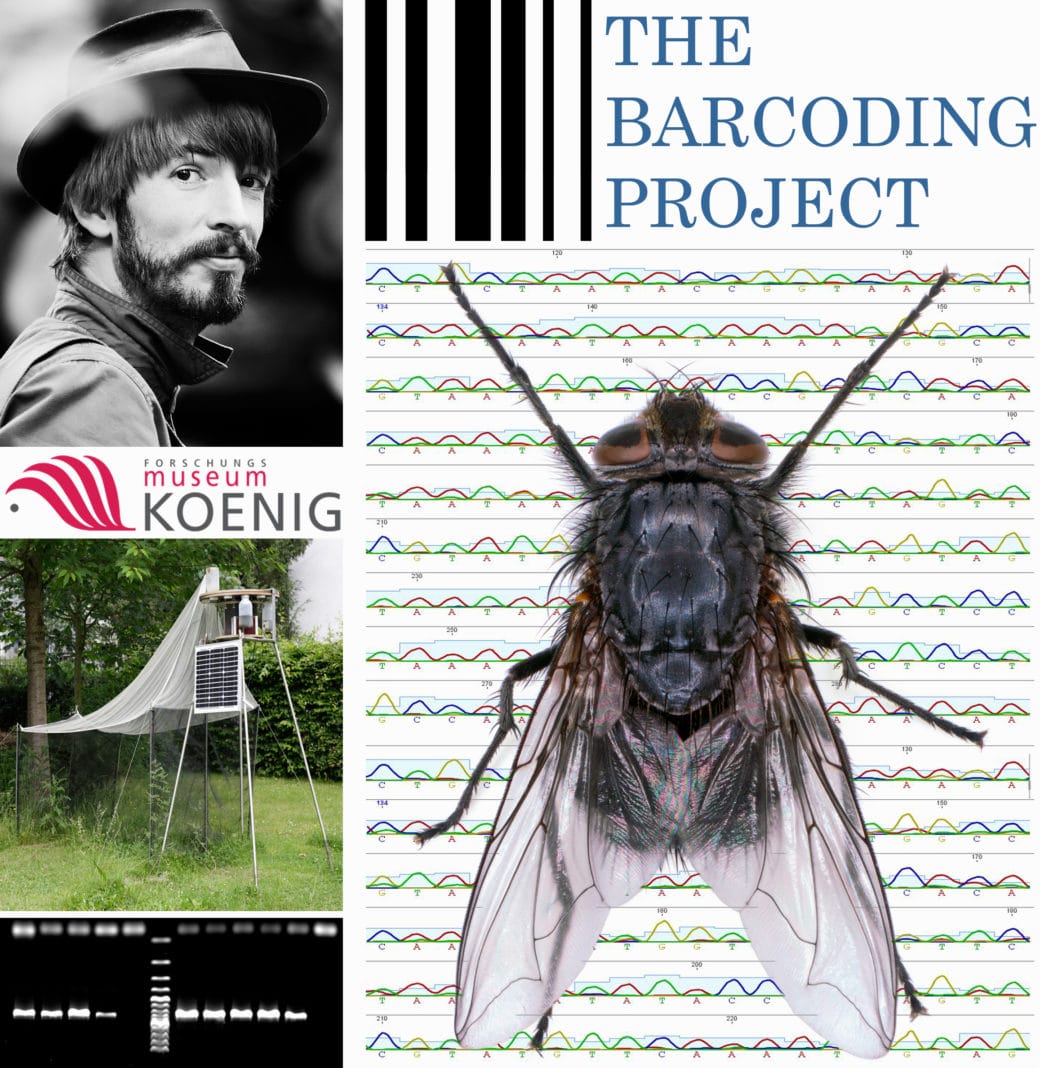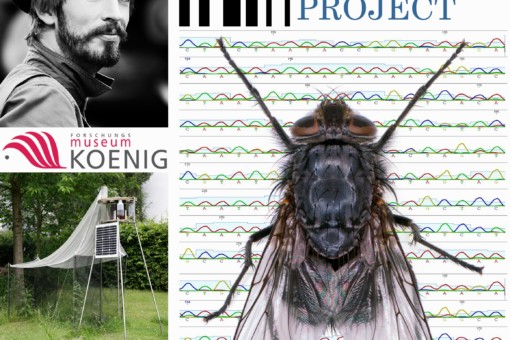Development of mass sequencing workflows

The amount of different insect species is overwhelming and can only be guessed. Even if we reduce the investigated area and only look upon species that are present in Germany the diversity seems infinite. The time and number of experts needed to identify all these different species exceeds all reasonable numbers and can easily be called uneconomical. This identification process needs to be accelerated. Right now we can only look at restricted sets of species due to time and cost limitations. As we are missing a lot of information by this we need to capture a broad range of biodiversity, the ability to deal with known and unknown species and improve the cost efficiency by parallel processing of multiple samples. This will improve biomonitoring drastically.To achieve this improvement the identification process will focus on species specific genetic information.
The goals of the DNA Barcoding Project are:
- shorten the time for species identification
- improve the cost efficiency
- deal with high species numbers of known and unknown species
- independence of the species live stages
Two different genetic workflows will be pursued and will compete with each other to compare their benefits and pitfalls.One is based on PCR amplification, a well established method for single sequencing that has a few downsides when used on several samples at the same time. Here the major task is to filter out artefacts that are introduced by the chosen method itself, such as hybrid sequences or chimeras.The second workflow tries to avoid these hybrid sequences in the first place. In an approach based on target enrichment sequences are not amplified but filtered out to be analyzed. This will ensure that no artefacts will be introduced through erroneous sequence copies.An analysis of the diversity in two different exploratory habitats will test the practical application. To attain an adequate number of samples for this mass-sequencing approach a new kind of malaise trap is being build and introduced to the sampling sites. It will combine the advantages of low maintenance with high reliability. Its autonomous design will further improve efficiency.










